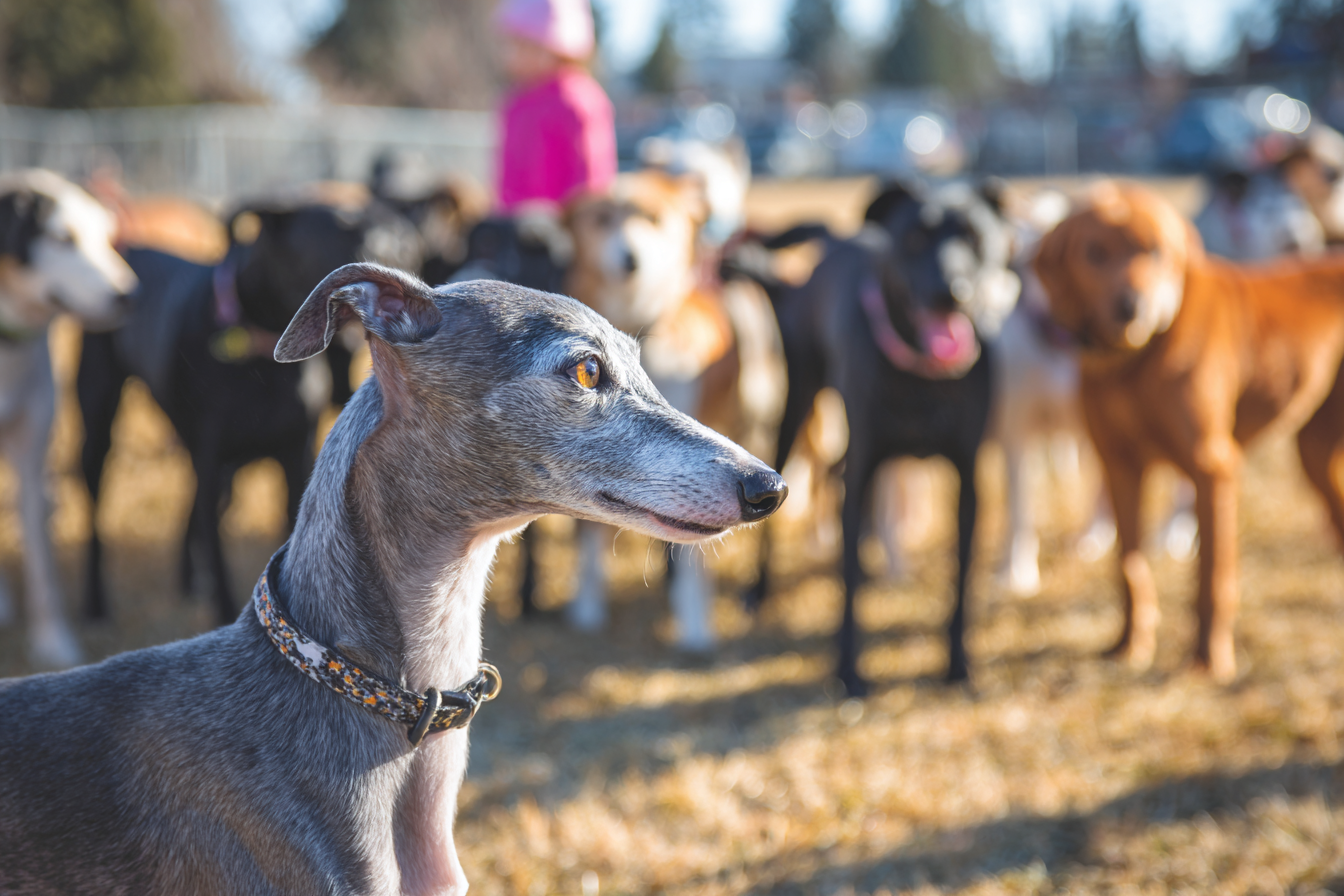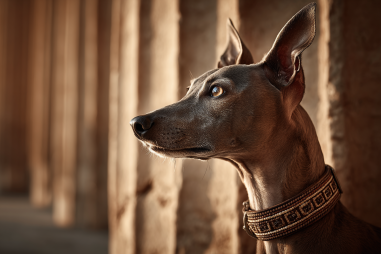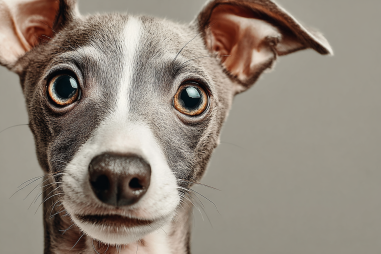Italian Greyhounds are elegant, sleek dogs known for their affectionate nature and spirited personality. Like any breed, how they interact with the world around them significantly affects their behavior and happiness. Proper socialization is key to helping Italian Greyhounds develop into well-adjusted, confident, and friendly companions. With the right approach, you can ensure your Italian Greyhound enjoys new experiences and forms positive relationships with people, animals, and different environments.
Importance of Early Socialization
Just like a child’s early experiences shape their character, the early weeks and months of an Italian Greyhound’s life play a crucial role in laying the foundation for their social behavior. Introducing your puppy to new people, sounds, sights, and other animals early on helps them build confidence and learn what is normal versus what might be scary or threatening.
Italian Greyhounds are known to be both sensitive and somewhat shy, traits that can turn into anxiety or fearfulness without proper early exposure. Early socialization prevents the development of unwanted behaviors like excessive barking, aggression, or hiding in stressful situations. It also promotes a calmer and more adaptable dog who thrives in social situations and enjoys outings without stress.
Age-Appropriate Socialization Techniques
When socializing your Italian Greyhound, it’s crucial to tailor your approach to their age and developmental stage. Puppies require gentle and positive experiences with the world around them, while adult dogs might need more gradual introductions if they missed early socialization.
- For Puppies (3 to 14 weeks): This is the prime window for socialization. You can safely introduce your Italian Greyhound puppy to new environments, people, noises, and other pets. Keep exposures short and positive, gradually increasing duration as your puppy gets more comfortable.
- For Adolescents (14 weeks to 6 months): Continue socialization sessions but also focus on reinforcing good behavior during interactions to build consistency. This period may reveal fear or anxiety, so patience is key.
- For Adult Dogs: While socialization is more challenging later in life, it’s never too late. Adult Italian Greyhounds can learn to accept new experiences through slow and controlled introductions paired with plenty of rewards and encouragement.
Introducing New People and Animals
One of the most vital parts of socializing your Italian Greyhound is getting them accustomed to meeting new people and other pets. Because Italian Greyhounds can be reserved, first meetings should be calm and controlled.
- Meeting New People: Start with quiet introductions to unfamiliar people without overwhelming your dog. Encourage visitors to offer treats and speak softly, helping your dog associate visitors with positive experiences.
- Introducing Other Dogs: When introducing your Italian Greyhound to another dog, choose a neutral location like a park, and keep their leashes loose to avoid tension. Let them sniff and greet naturally while closely observing their body language. If either dog shows signs of discomfort, calmly separate them and try again later.
- Expanding to Other Animals: If your home includes cats, rabbits, or birds, early and safe introductions reduce chase instincts. Keep interactions supervised and reward calm behavior around other animals.
Using Positive Reinforcement
Positive reinforcement is the most effective and humane method to encourage good social behavior in Italian Greyhounds. This technique involves rewarding desired behaviors with treats, praise, playtime, or affection, making your dog eager to repeat those actions.
During socialization, always carry small, tasty treats and reward your dog for calm and confident behavior. Whether they meet a new person or navigate a noisy environment, letting your Italian Greyhound know they’ve done well promotes trust and eagerness for future experiences. Avoid punishment or forcing interactions, as this can create fear and worsen social anxiety.
Overcoming Shyness and Fearfulness
Some Italian Greyhounds naturally lean toward shyness or may develop fearfulness due to lack of early exposure or a traumatic experience. If your dog appears fearful during socialization, it’s important to proceed with patience and understanding.
- Take It Slow: Introduce scary stimuli in small, manageable steps so your dog can build tolerance without feeling overwhelmed.
- Use High-Value Rewards: Pair scary or new experiences with favorite treats or toys to create positive associations.
- Respect Your Dog’s Limits: If your Italian Greyhound retreats or refuses interaction, allow them to calm down before trying again. Never force contact.
- Build Confidence with Training: Increase your dog’s confidence through basic obedience training and engaging activities like puzzle feeders or scent games.
- Seek Professional Help if Needed: If shyness or fearfulness is severe, consulting a qualified dog behaviorist can provide tailored support and strategies.
Ongoing Socialization Benefits
Socialization isn’t only for puppies; it’s a lifelong process that enriches your Italian Greyhound’s life. Regular exposure to new environments, people, and animals keeps your dog mentally stimulated and adaptable.
Ongoing socialization helps prevent regression into fearful or aggressive behaviors and can reduce boredom-related destructive habits. It also strengthens the bond you share, as your dog feels secure and supported exploring the world by your side.
Routine activities to maintain socialization might include:
- Weekly visits to dog-friendly parks or cafes
- Playdates with other friendly dogs
- Walking in varied environments, such as busy streets, nature trails, and pet stores
- Participating in dog training classes or agility courses
Raising a Sociable Italian Greyhound
Socializing your Italian Greyhound is one of the most rewarding responsibilities you can take on as their guardian. Starting early with positive, gentle introductions and continuing lifelong social experiences help your dog blossom into a confident, happy companion. Patience, kindness, and consistent positive reinforcement are your best tools to overcome shyness, fear, and any behavioral challenges along the way.
Remember, each Italian Greyhound has a unique personality, so tailor your socialization approach to their needs. Celebrate small successes and make every new experience a positive one. In doing so, you’ll enjoy the company of a well-adjusted, friendly dog whose love and confidence enrich your life every day.







